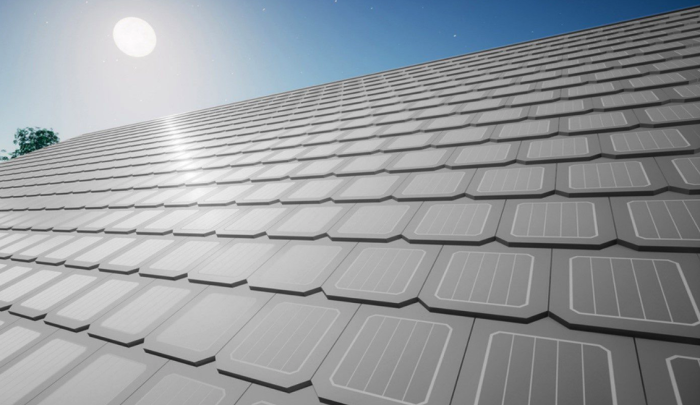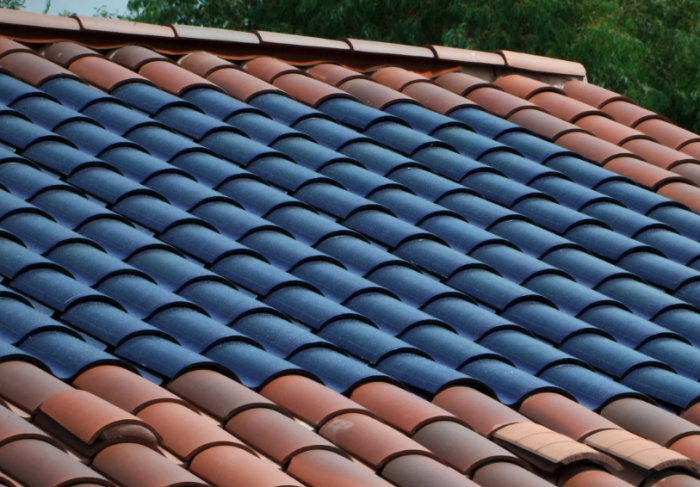

Photovoltaic shingles, also called solar shingles, are roofing materials designed to look like conventional asphalt or slate shingles but have built-in photovoltaic (PV) cells that generate electricity from sunlight. They are a type of building-integrated photovoltaics (BIPV), blending primary roof protection with clean energy production.[1][2][3][4][5]
How Photovoltaic Shingles Work
Solar shingles operate on the same principle as traditional solar panels, absorbing sunlight through PV cells and converting it into direct current (DC) electricity. This electricity is then transformed into alternating current (AC) via an inverter, ready for household use or grid distribution. Most solar shingles are sized comparably to standard roof tiles and installed either in place of or alongside conventional shingles, maintaining the roof’s integrity and aesthetic.[3][4][5][1]
Advantages of Photovoltaic Shingles
- They integrate directly into the roof design, preserving curb appeal and meeting homeowner association or local property requirements.[2][6]
- Solar shingles provide standard roof protection and generate electricity simultaneously, making them ideal for new builds or full roof replacements.[4][6]
- They are available in various colors, finishes, and technologies (such as thin-film or monocrystalline silicon), offering flexibility and performance options.[7][1]
Cost and Efficiency
- The installation cost for solar shingles is generally higher than standard solar panels, usually ranging from $3.80 to $7.00 per watt, with some brands (like Tesla’s Solar Roof) requiring a complete roof replacement and costing even more overall.[5][3]
- Power output varies by brand and material; individual shingles typically produce between 13 and 63 watts.[7]
- Efficiency rates depend on the cell technology used, averaging from 10–20% for thin-film or monocrystalline PV cells.[7]
Applications and Drawbacks
- Photovoltaic shingles are especially appealing for homeowners who want renewable energy integration without sacrificing visual character or in communities with strict roof appearance rules.[6][3]
- Their higher upfront cost and installation complexity compared to panels can be a barrier; however, incentives and tax credits may help reduce these costs.[5]
- Best suited for roof replacements, new construction, or projects emphasizing design aesthetics and energy generation.[4][6]
Photovoltaic shingles represent an innovative fusion of rooftop protection and sustainable energy generation, offering a streamlined, attractive way to bring solar power into residential building envelopes.[1][2][4]
